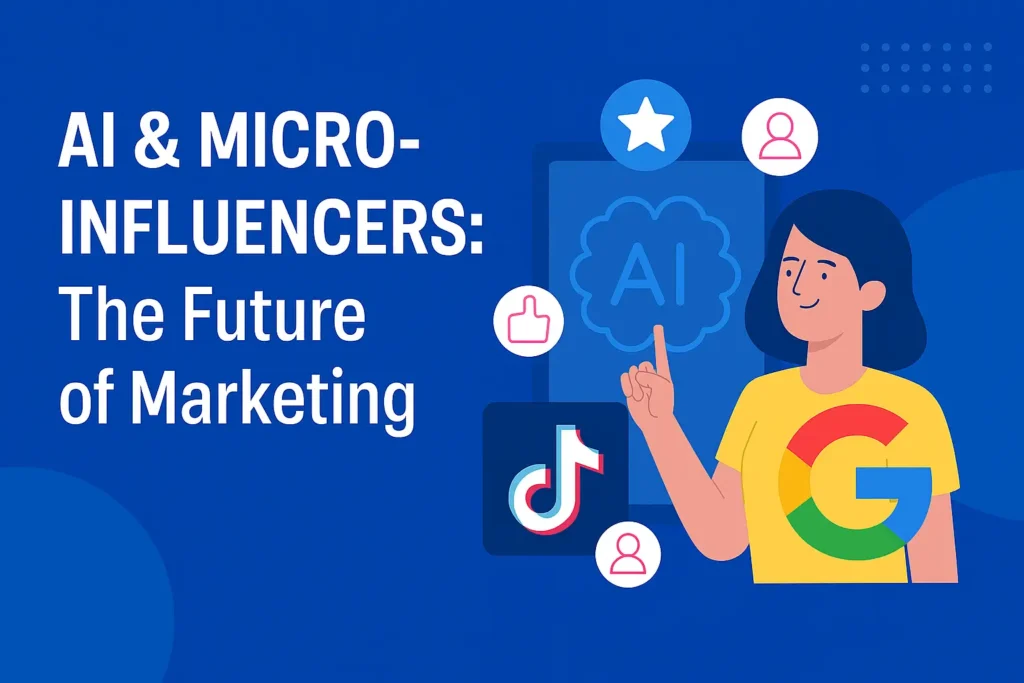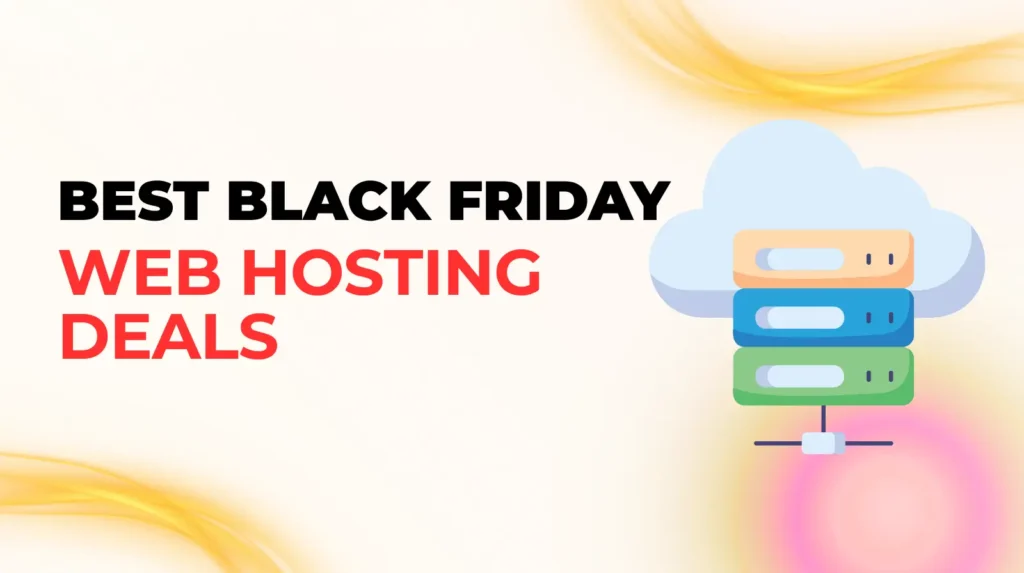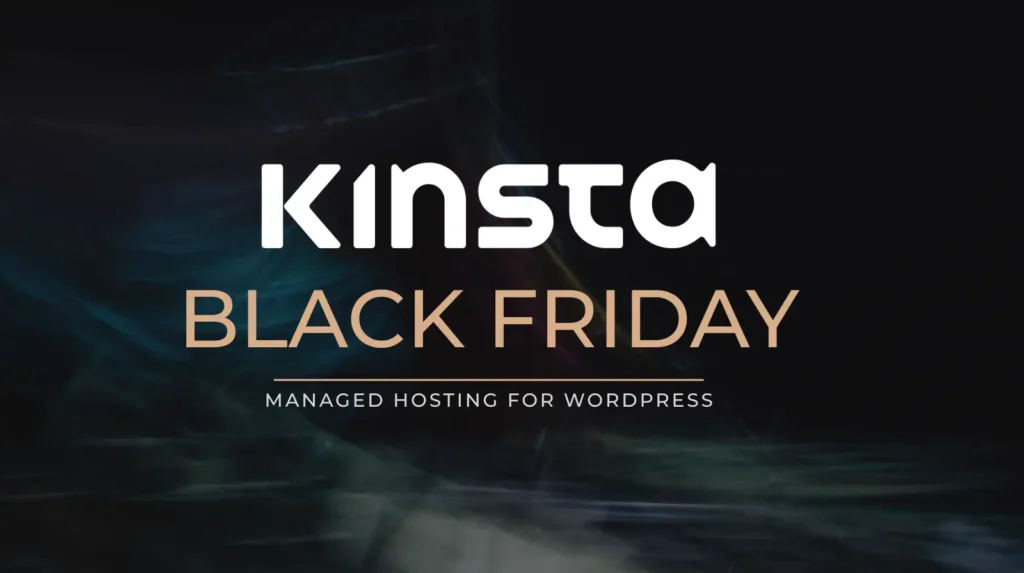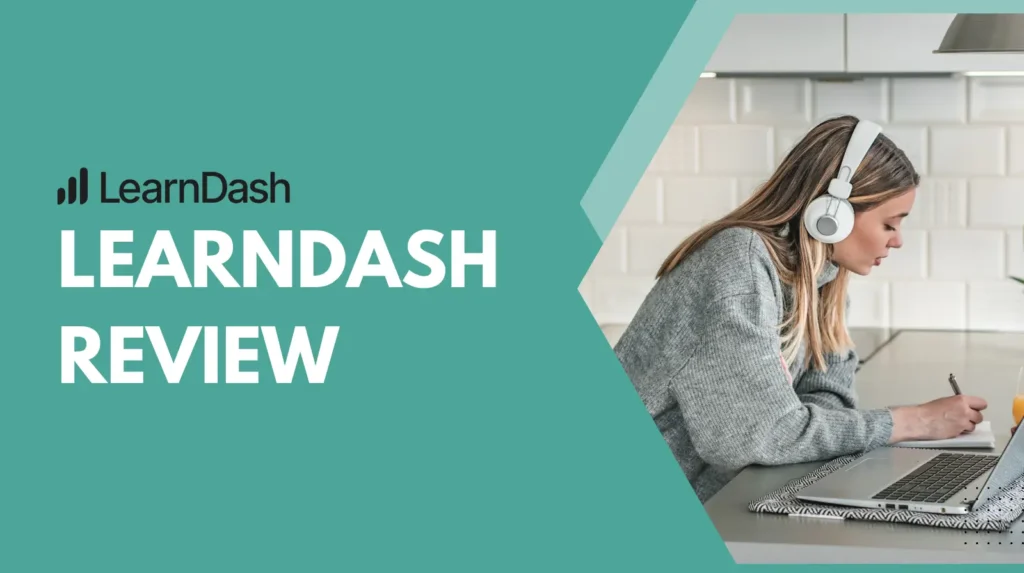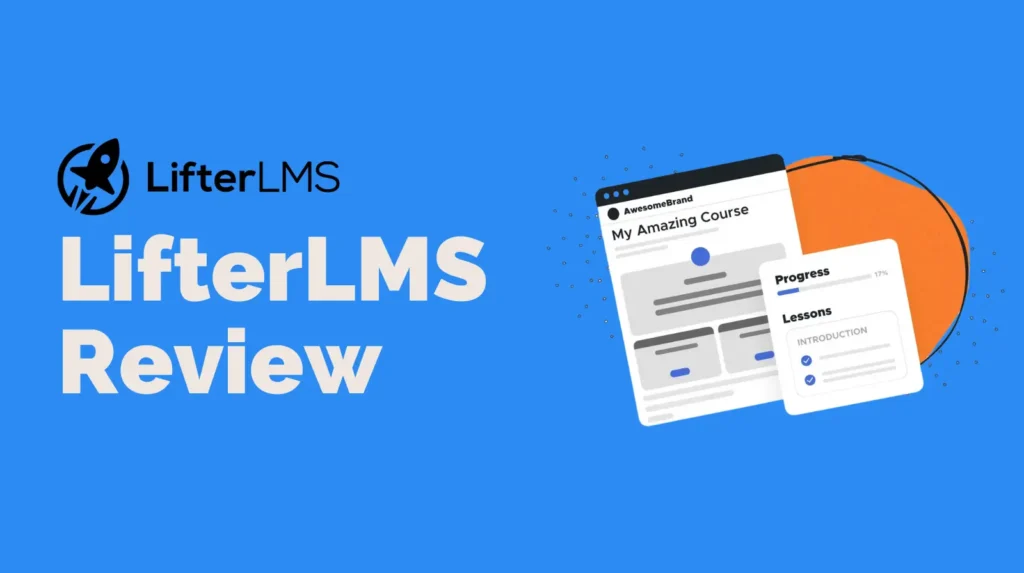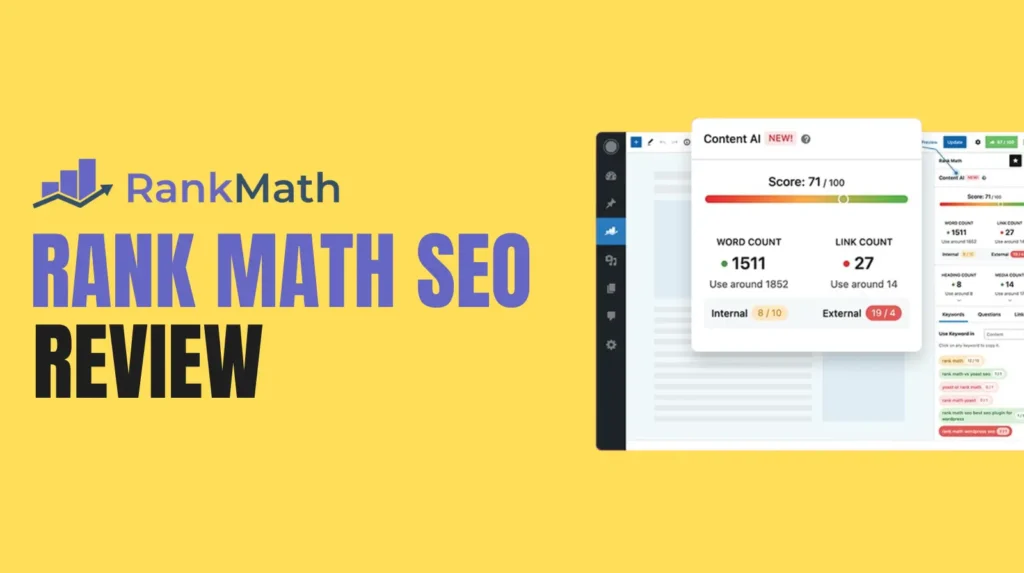Digital marketing in 2025 is a far cry from the landscape of even a few years ago. The era of unquestioned mega-influencer dominance is fading. Why? Because today’s consumers are tired of celebrity-driven campaigns that feel transactional. They crave authenticity, real voices they can connect with, not just billboards on a social feed.
This is where a powerful new force is emerging: AI-powered micro-influencers.
This isn’t a niche trend; it’s a fundamental shift in how brands connect with people. It’s a topic now being covered in the best digital marketing courses, from metropolitan hubs to cities like Nagpur, because it represents the convergence of technology and human psychology.
Let’s unpack why this hybrid of human authenticity and artificial intelligence is not just a fleeting trend, but the future of effective digital marketing.
Summary of Major Updates
- Clarification of Core Concept: The article now clearly distinguishes between human influencers using AI tools (the focus of this piece) and fully virtual, AI-generated influencers, preventing a common point of confusion.
- Information Verification & Citations: The claims about micro-influencer effectiveness are now backed by industry data from authoritative sources like GWI, adding significant credibility (E-E-A-T).
- SEO & Structural Optimization: The title and headings have been rewritten for better clarity and SEO performance. The article has been restructured into a more logical flow, from definition to strategy to future implications.
- Content Enrichment: The repetitive local SEO mention has been integrated more naturally. A new section on the potential challenges and ethical considerations has been added to provide a balanced, expert perspective.
- E-E-A-T Enhancements: In addition to citations, suggestions for an expert author bio and illustrative case studies are included to build trust and demonstrate expertise.
What Exactly Are AI-Powered Micro-Influencers?
First, let’s be clear. We’re not talking about purely virtual, AI-generated characters like Lil Miquela. We’re talking about real, human micro-influencers who use AI tools to supercharge their content, strategy, and audience connection.
A micro-influencer is a creator with a smaller but highly engaged following, typically between 10,000 and 100,000. Their power comes from their perceived authenticity and approachability. They operate within a specific niche, be it sustainable fashion, vegan baking, or retro gaming and their audience trusts their recommendations implicitly.
Now, add Artificial Intelligence to this equation. AI tools can help these creators:
- Analyze Audience Behavior: Understand exactly what content resonates most with their followers.
- Predict Trends: Use data to forecast what topics, styles, or products will become popular.
- Optimize Content Delivery: Determine the perfect time to post, the most effective hashtags, and the most engaging caption styles.
- Automate Tedious Tasks: Handle scheduling, basic comment responses, and video editing, freeing them up to focus on creating authentic content.
In short, AI removes the guesswork, allowing human creators to be more relevant and effective.
The Shift to Authenticity: Why Brands Are Choosing Micro-Influencers
Consumers are experiencing ad fatigue. A polished campaign from a celebrity with millions of followers is often scrolled past without a second thought. But when a trusted micro-influencer recommends a product, it feels less like an ad and more like a genuine suggestion from a knowledgeable friend.
The data backs this up. According to research from GWI, one in four Gen Z members say that micro-influencers are their top source for brand discovery.
Here’s why the shift is happening:
- Niche Targeting: Micro-influencers command smaller, highly dedicated communities centered around specific interests.
- Higher Engagement: Their engagement rates are often significantly higher than those of macro-influencers because their connection with their audience is more personal.
- Authentic Content: Their content is typically less produced and more relatable, which builds a stronger foundation of trust.
The AI Advantage: From Guesswork to Precision
AI is the force multiplier that turns a passionate micro-influencer into a marketing powerhouse. It provides data-driven insights that were once only available to large corporations.
- Predictive Content Performance: AI tools can analyze past posts and industry trends to predict which future content will perform best, maximizing the impact of every post.
- Deep Audience Segmentation: Influencers no longer have just “followers.” They have detailed insights into their audience’s demographics, interests, and online behavior, allowing for hyper-personalized content.
- Workflow Automation: AI handles the grunt work. AI-powered social media tools like Hootsuite or Later use AI to suggest the best times to post, while generative AI writing tools like Jasper or ChatGPT can help draft captions and brainstorm ideas, freeing the creator to focus on what they do best: creating.
This isn’t just about efficiency; it’s about relevance. In the crowded digital space of 2025, relevance is the ultimate currency.
What This Means for the Future of Marketing
The rise of the AI-powered micro-influencer signals a major evolution in brand strategy.
- A Shift from “One Big Bet” to a Portfolio Approach: Instead of spending their entire budget on one celebrity, brands will partner with dozens of AI-optimized micro-influencers to reach multiple niche audiences authentically.
- Data-Driven Collaboration: Brands will use AI platforms to identify the perfect micro-influencers, not based on follower count alone, but on audience demographics, engagement quality, and past performance data.
- Authenticity as a Core KPI: The success of a campaign will be measured not just by reach, but by genuine engagement, audience sentiment, and brand trust.
For marketers and students aspiring to join the field, this is a critical skill set to develop. Understanding how to blend human creativity with AI-driven insights is what will separate the successful marketers of tomorrow from the rest.
Challenges and Ethical Considerations
This new paradigm isn’t without its challenges. Over-reliance on AI could lead to generic, formulaic content that loses the very authenticity that makes micro-influencers effective. Furthermore, the use of AI to generate captions or responses must be handled transparently. As audiences become more aware of AI content, sometimes using AI detectors themselves, maintaining that trust is paramount.
What This Means for the Future of Marketing
The rise of the AI-powered micro-influencer signals a major evolution in brand strategy.
- A Shift from “One Big Bet” to a Portfolio Approach: Instead of spending their entire budget on one celebrity, brands will partner with dozens of AI-optimized micro-influencers to reach multiple niche audiences authentically.
- Data-Driven Collaboration: Brands will use AI platforms to identify the perfect micro-influencers, not based on follower count alone, but on audience demographics, engagement quality, and past performance data.
- Authenticity as a Core KPI: The success of a campaign will be measured not just by reach, but by genuine engagement, audience sentiment, and brand trust.
For marketers and students aspiring to join the field, this is a critical skill set to develop. Understanding how to blend human creativity with AI-driven insights is what will separate the successful marketers of tomorrow from the rest.
Challenges and Ethical Considerations
This new paradigm isn’t without its challenges. Over-reliance on AI could lead to generic, formulaic content that loses the very authenticity that makes micro-influencers effective. Furthermore, the use of AI to generate captions or responses must be handled transparently to maintain audience trust. The goal is to use AI as a co-pilot, not an autopilot.
Actionable Steps to Prepare for This Shift
If you’re a marketer or a student, here’s how you can stay ahead of the curve:
- Familiarize Yourself with AI Tools: Get hands-on experience with AI content assistants, social media management platforms, and influencer analytics tools.
- Focus on Storytelling: Learn how to craft compelling, human-centric narratives that can be enhanced, not replaced, by AI.
- Build Your Own Personal Brand: The best way to understand the creator economy is to participate in it. If you’re ready to take the first step, our guide on how to start a blog can get you set up in a niche you’re passionate about.
And if you’re looking for formal training, seek out programs that go beyond traditional SEO and paid ads. The best digital marketing courses today are incorporating modules on AI, data analytics, and modern influencer marketing, providing the practical skills needed for the 2025 job market.
Final Verdict
The era of AI-powered micro-influencers is not a distant future; it’s happening now. This movement is the perfect storm of technology and human psychology, it combines the data-driven precision of AI with the deep-seated human need for authentic connection.
For brands, this means more effective, targeted, and trustworthy campaigns with a higher ROI. For influencers, it means smarter strategies and faster growth. And for marketers, it represents a golden opportunity to be at the forefront of the next wave of digital innovation.
The future of marketing isn’t about choosing between data and emotion or automation and authenticity. It’s about mastering the art of blending them together.


